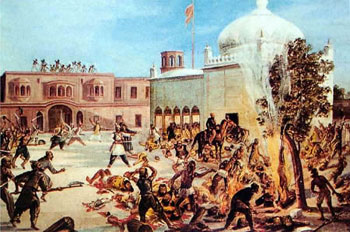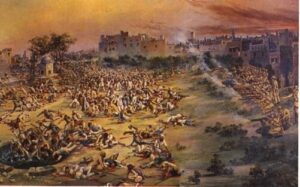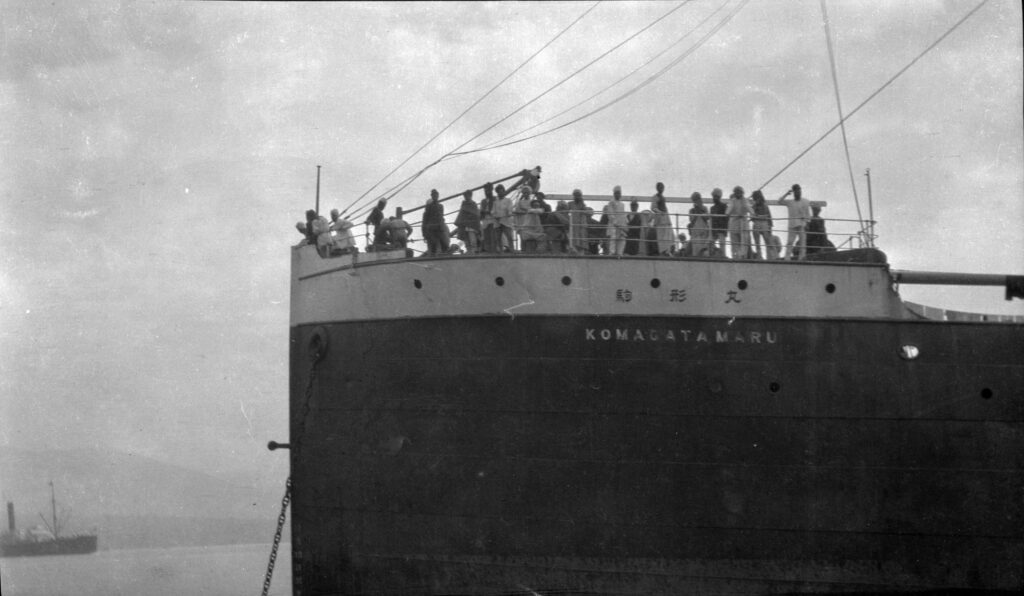
The Nankana Sahib Massacre refers to the grim episode during the Gurdwara Reform Movement / Akali Movement in which a peaceful batch of reformist Sikhs were subjected to a murderous assault on 20 February 1921 in the holy shrine at Nankana Sahib, the birthplace of Guru Nanak Dev Ji. Continue reading “Nankana Sahib Massacre”


